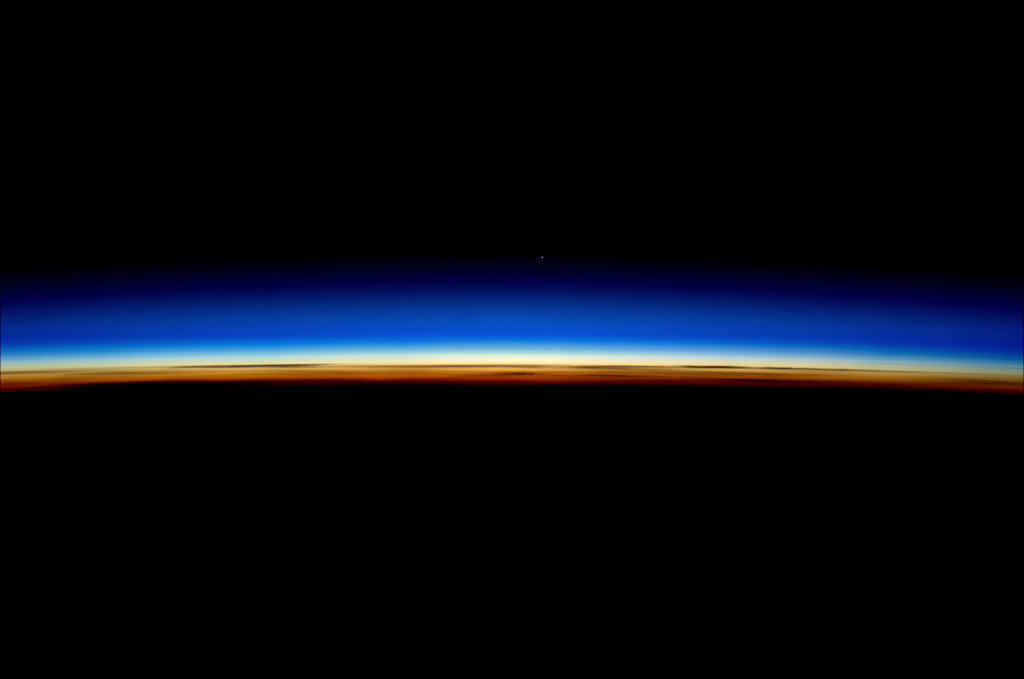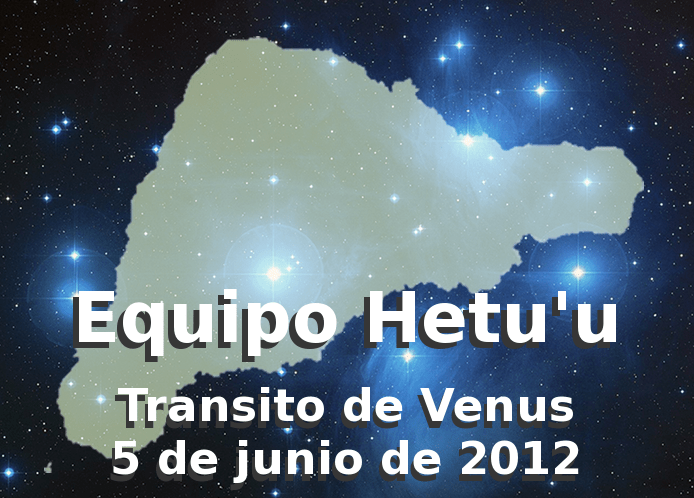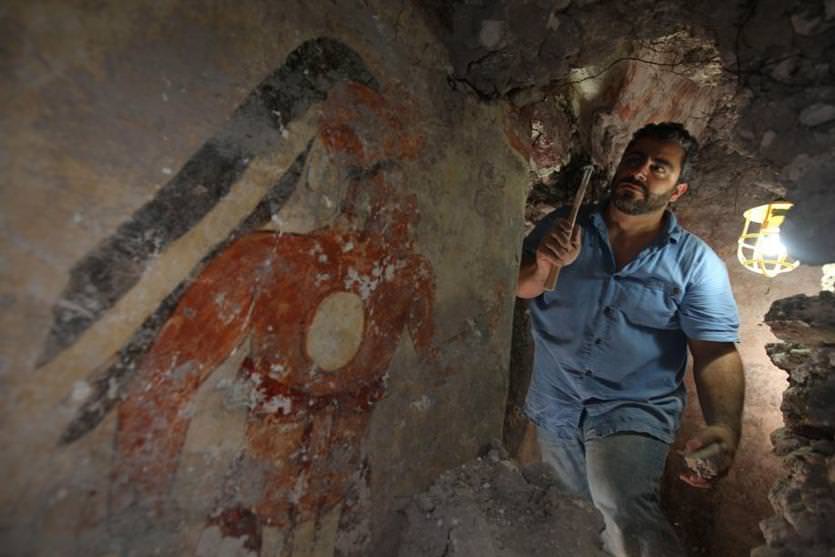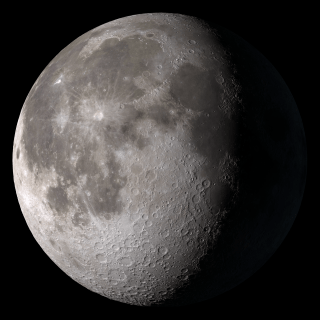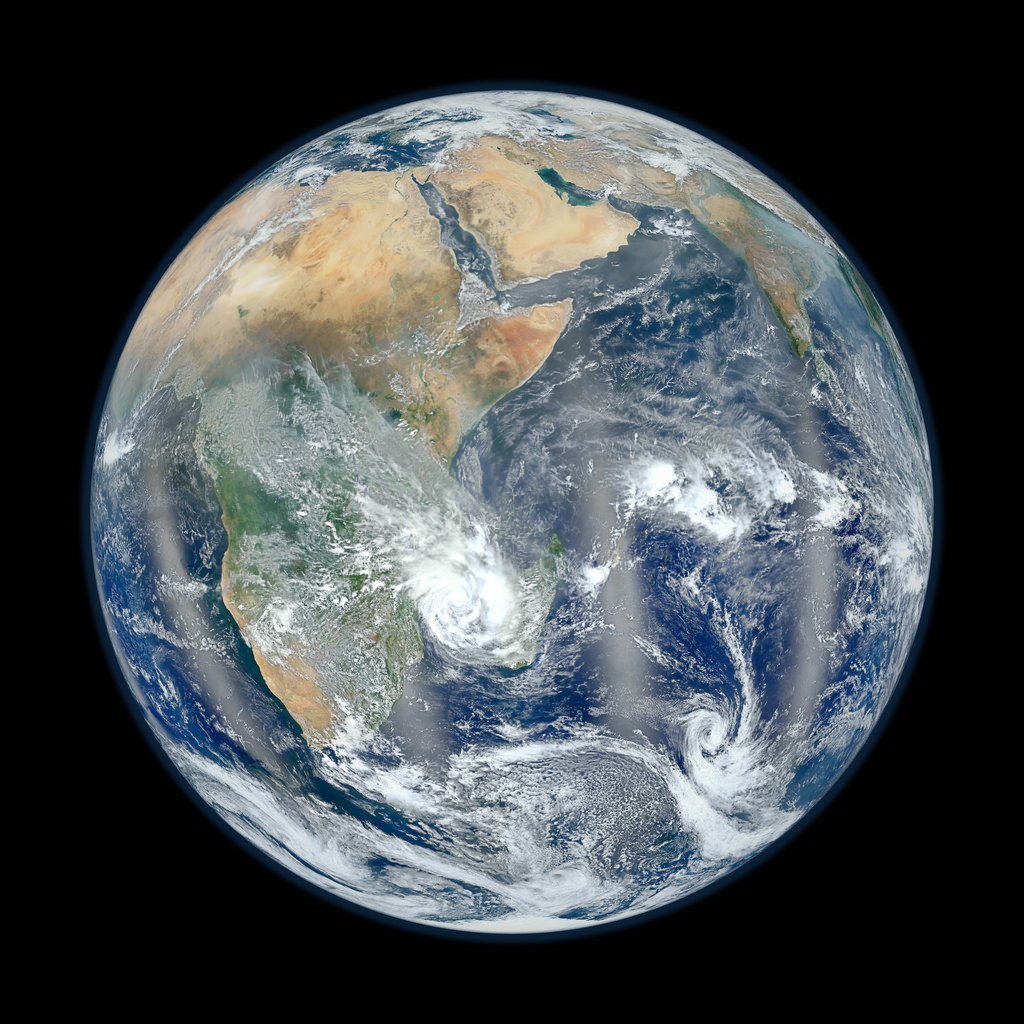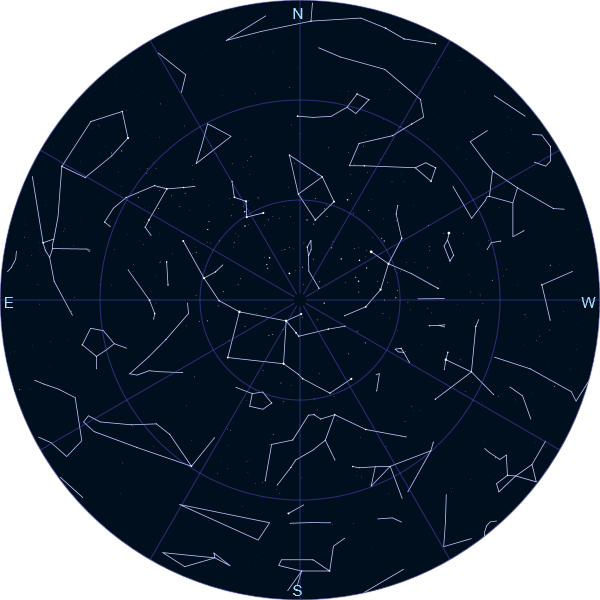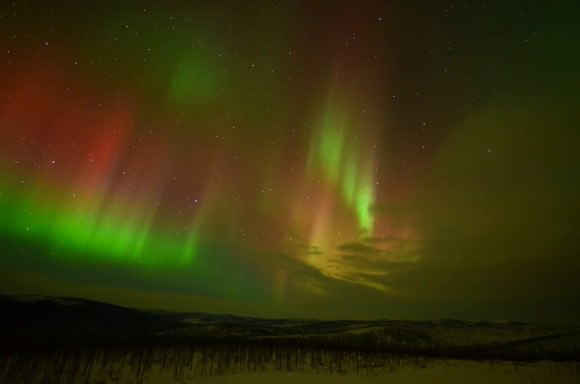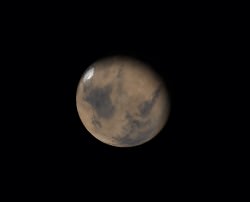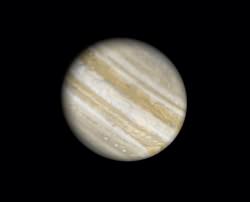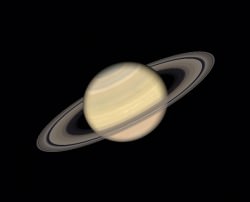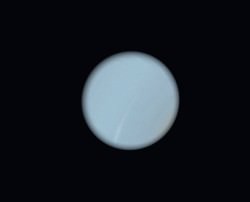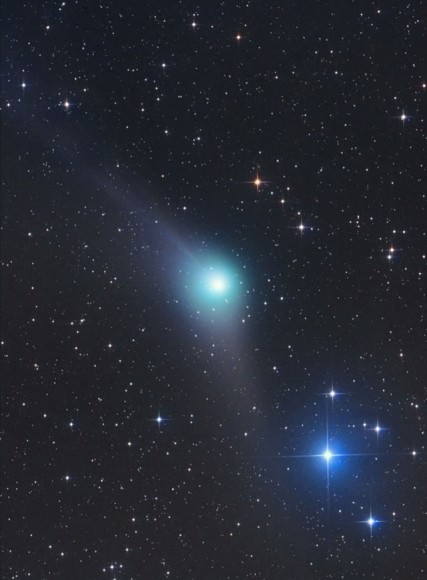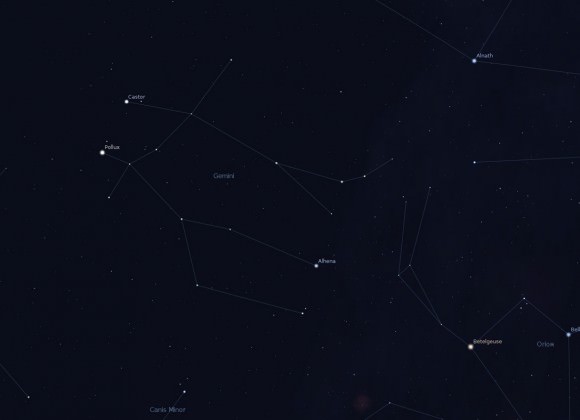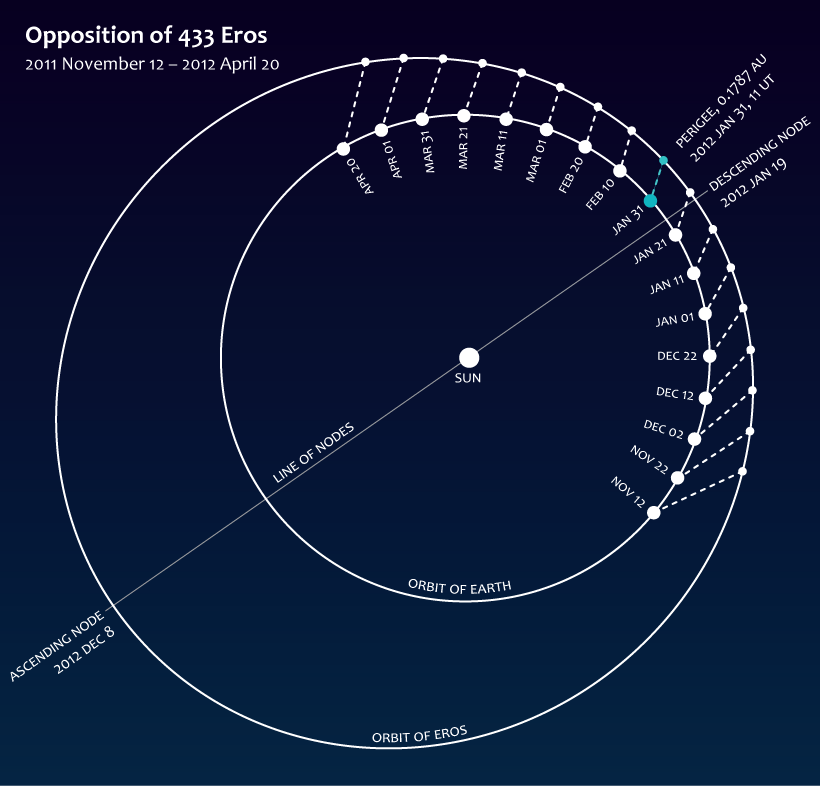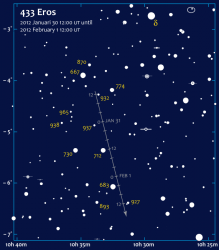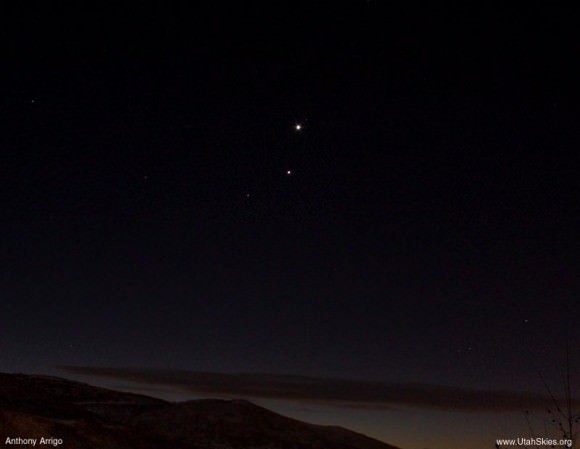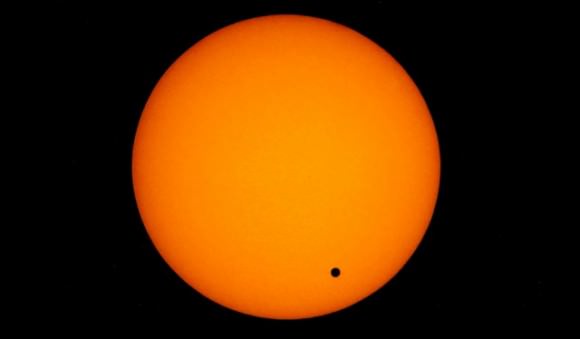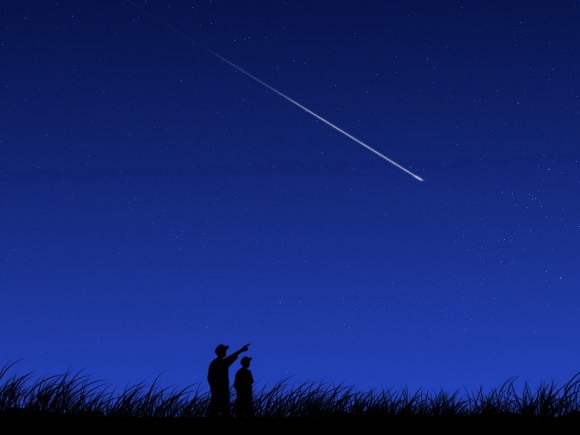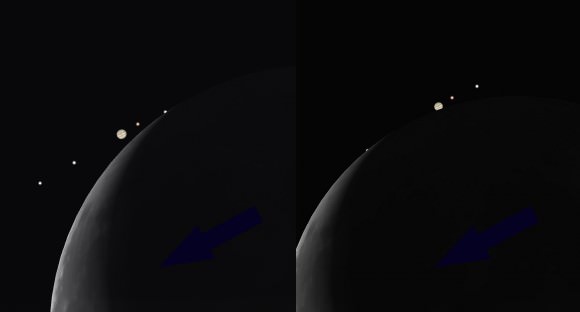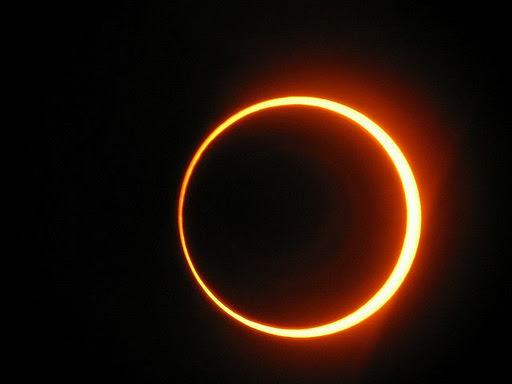The whole “December 21st, 2012 Doomsday” hype had pretty much fallen off my radar. I hadn’t received an email from a concerned or fearful person for months and no one had alerted me to any new breathlessly hyped end-of-the-word videos for quite some time. Optimistically, I began to think that the Mayan-Prophecy-Pole-Shift-Nibiru (et. al) nonsense was just a passing fad.
But, somehow it seems, doomsday hype has made it into the public’s psyche. I recently saw a local newscast that mentioned the world would be ending soon, albeit jokingly, and sometimes even well-meaning publications give the Mayan prophesies undue credence with unfortunate headlines. But a couple of recent polls say that 10-12% of people have doubts they will survive past Dec. 21st of this year. And a few conversations I’ve had with those who have been on the front lines of debunking the 2012 doomsday predictions reveal that an upcoming “end of the world” is somehow very real for a measurable segment of the population.
How has something that is steeped in nonsense with no scientific accuracy whatsoever managed to capture such attention?
Dr. David Morrison has been answering the public’s questions on the 2012 predictions for over five years on NASA’s “Ask and Astrobiologist” page on the Astrobiology website. Even after all the information Morrison and other NASA scientists have made available debunking the doomsday myths and providing real scientific reasoning, Morrison said he still steadily receives 5-6 emails every day from people asking if the world will end in December.
“These are for the most part from people who fundamentally distrust science and the government,” Morrison said in an interview for a podcast for the NASA Lunar Science Institute and 365 Days of Astronomy. “It is very hard to get through to them. These are people who… get their information from the internet,” (and You Tube videos and History Channel documentaries, Morrison later added.) “And among the kids, the information just passes from person to person. I’d like to think that the things I’ve posted and the videos I’ve made help, but a lot of people just don’t get it.”
And some people don’t want to get it.
“They are so invested this,” Morrison said, “with their books and websites and videos,” and when Dec. 22 rolls around, they may not want to admit they’ve either been part of the hoax or taken in by a hoax. They may end up changing the goalposts by saying they were off by a couple of months or years, like many of the failed end-of-the-word predictions have done.
Bill Hudson, who helps maintain the 2012Hoax website – a site that offers scientific information of why the world won’t end and a forum for people to express their concerns – says he has seen a steady uptick in traffic to the website in recent months and he anticipates there will be a surge ahead of December 21st.
“Most of the astronomical claims are easily dismissed, but a lot of our visitors have apparent anxiety issues, and the 2012 rumors set those off,” Hudson said. “So they realize intellectually that it is bunk, but emotionally they struggle to get past it.”
For example one woman has written in for the past few years in a constant up and down cycle of first feeling fears for herself and her child, then feeling calm when reading information on the 2012Hoax site, but then falling back into fear if she watches a new You Tube video hyping doomsday, or if she sees a big star in the sky she thinks she hasn’t seen before (it usually end up being Venus.)
Unfortunately, Hudson said, there are more people like this, who just can’t get past their fears.
Ian O’Neill producer of Discovery Space News and former Universe Today writer who authored a series of articles for UT debunking the 2012 doomsday myths says that he’s also witnessed how the “Mayan doomsday” has worked itself into society’s lexicon.
As an example, O’Neill shared via email a story of a person next to him at the gym watching TV reports of the recent swarm of earthquakes south of LA:
“The guy watching the TV next to me asked what was going on — I said that it was a USGS press conference to discuss the mini quakes. He responded with “Yeah, it’s not long until the world ends, we’re bound to be seeing more of this kind of thing.” A little taken aback, I questioned him on it (thinking he was joking) and he was positive that the world was really going to end and that he’d seen “videos on YouTube” about it. No matter what I said to him, his view was that he’d rather be safe than sorry — he’d stocked up on fuel and water.”
O’Neill said he’s found that among the public, stories of doomsday are generally accepted. “Some people know that it’s all crap, but others are totally convinced that it’s real,” he said. “It’s really sad that, after I’ve written countless articles on the topic and appeared on several news shows and documentaries communicating the real science, people are still out there needlessly worried, happy to believe a badly edited YouTube video over science and reason.”
The real unfortunate effect here is that children are being caught up by these doomsday predictions, whether by adults in their lives who are buying into the hype or by having access to websites and videos that purport to have the “real” truth and answers.
Hudson says the 2012Hoax site has been receiving a constant stream of questions from children who are fearful, and Morrison said many of the emails he gets are from children. There are at least two documented cases of young people committing suicide from their fears of the world ending, and Morrison shared a story from a teacher he knows where parents of two children in her class have come to her saying the families plans to commit suicide so they don’t suffer in the end times coming up.
This is almost more than anyone involved in debunking these doomsday myths can bear. Morrison called the people propagating the doomsday myths “evil.”
“These are evil people, whether consciously or unconsciously whose main effect is to frighten children,” he said. “I think it is a terrible thing.”
Morrison, Hudson and O’Neill said they all hope Dec. 21 can come and go without anyone else taking drastic actions that are completely unnecessary.
Asked what he will be doing on Dec. 22, Morrison said all he really hopes is that this whole subject will be dropped, never to be heard from again.
“I’ve never dealt with anything like this before and I hope I never have to deal with it again,” he said.


